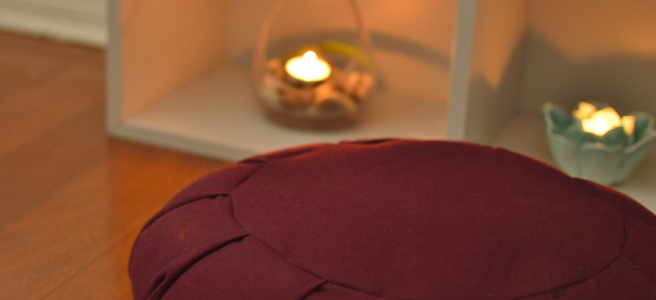Dear Readers,
Thank you for subscribing to my blog. I hope that you are doing as well as possible, given the current conditions.
Answer Bank
Do you have specific questions or topics you would like covered in this blog? I am planning a section called “Answer Bank” where I will answer questions related to emotional health and wellbeing and will share my responses in a dedicated page on this site.
Chances are, if you have a question, someone else also shares the same concerns. That is why I felt the Answer Bank could grow into a useful resource. And of course I will keep your identity anonymous when I post the question and answer there.
Behind the Scenes at Prescriptions for Hope
Currently, I am in discussion with two child psychologists and two professional singers (one is a formally trained chanting teacher and the other is classically trained.)
My goal is to increase resources for parents and children, and to offer live chanting sessions via the Internet, because chanting offers psychological benefits and is something everyone can do.
Reviewers
Prior to posting on the blog, everything I publish is reviewed by colleagues in mental health and public health. This is to ensure quality and readability. I also have non-psychologists read as much as possible, to ensure clarity for general audiences.
If you are a mental health professional and would like to volunteer as a reviewer, I would welcome that.
Helping Medical Personnel Procure Personal Protective Equipment (PPE)
You might have heard about the shortage of protective gear among frontline medical personnel in the United States. Doctors, nurses, respiratory therapists and others are forced to work with highly infectious patients and are not provided adequate PPE such as masks that protect against COVID-19.
Already, this has resulted in deaths of medical personnel. There have also been instances, where they requested proper equipment, and the workers were either terminated from their jobs or reprimanded. This situation makes the pandemic even more challenging when our medical professionals are unnecessarily risking their health and lives while helping the public.
Upon discovering by chance that medical clinics near me were lacking masks, protective gowns and sanitizer, I got involved in helping them procure supplies. In the course of my advocacy endeavors, I happened to learn about severe shortages not only in the greater Phoenix area, but also in the northern part of Arizona.
After a lot of intensive outreach and search for resources, I’m pleased to share with you that in addition to local clinics, I was able to help a large rural hospital as well as its related satellite clinics that serve some of the hardest hit areas of the state.
As a result of my helping with PPE procurement, my videos and other Prescriptions for Hope were slowed down. However, in the next days, I will be releasing more prescriptions.
Book on Emotional Wellbeing
Currently I am preparing PDF files of some of the chapters from my book, The Time-Starved Woman’s Guide to Emotional Wellbeing: tools and strategies for balance. My goal is to make these available to you here at no cost. These chapters contain research-based tools to promote emotional health and the content is relevant for men and women.
While revisions were underway, the original publisher was bought by another company thereby delaying everything and hampering access to online orders. The planned revisions don’t affect the usefulness of the content.
If you are interested, I have a limited number of copies that I had purchased from the publisher and can sell to you. All proceeds would go toward the operating costs of this website and blog.
Upcoming Webinars
Please let me know if you would like me to present a webinar for a group or organization that you are a member of.
Later this month, I will be doing a webinar, Mindfulness Meditation: a multi-faceted tool for turbulent times, for the Columbia University Alumni Association, Northern California Chapter.
In May, I will be doing a webinar, Access Your Inner Calm – mindfulness made accessible to all, via Changing Hands Bookstore in the Phoenix area. This webinar is open to the public and as soon as I have the sign up information, I will share it with you.
An Uplifting Way to Start Off Your Pandemic Mornings
Morning Dance by Spyrogyra is energizing and uplifting. You may like to start your day with it. You can indeed dance to it, solo or with a loved one…or just tap your toes to the music while heating your water for coffee or tea.
We are all in this pandemic together, and you can be sure, where ever you are in the world, that as you listen and/or dance to this, I am with you in spirit and am doing the same. I use this music like a tea bag to infuse myself with positive feelings to help me face challenges. I’m sharing this with you in the hopes that it will add an uplifting moment to your day.
Along those lines, if you have a favorite piece of music that you start your day with, I’d love to hear it! And if enough of you share your personal favorites of uplifting music, we could even have a dedicated page on this site with our collective playlist.
With many good wishes,
Dr. S.D. Shanti





